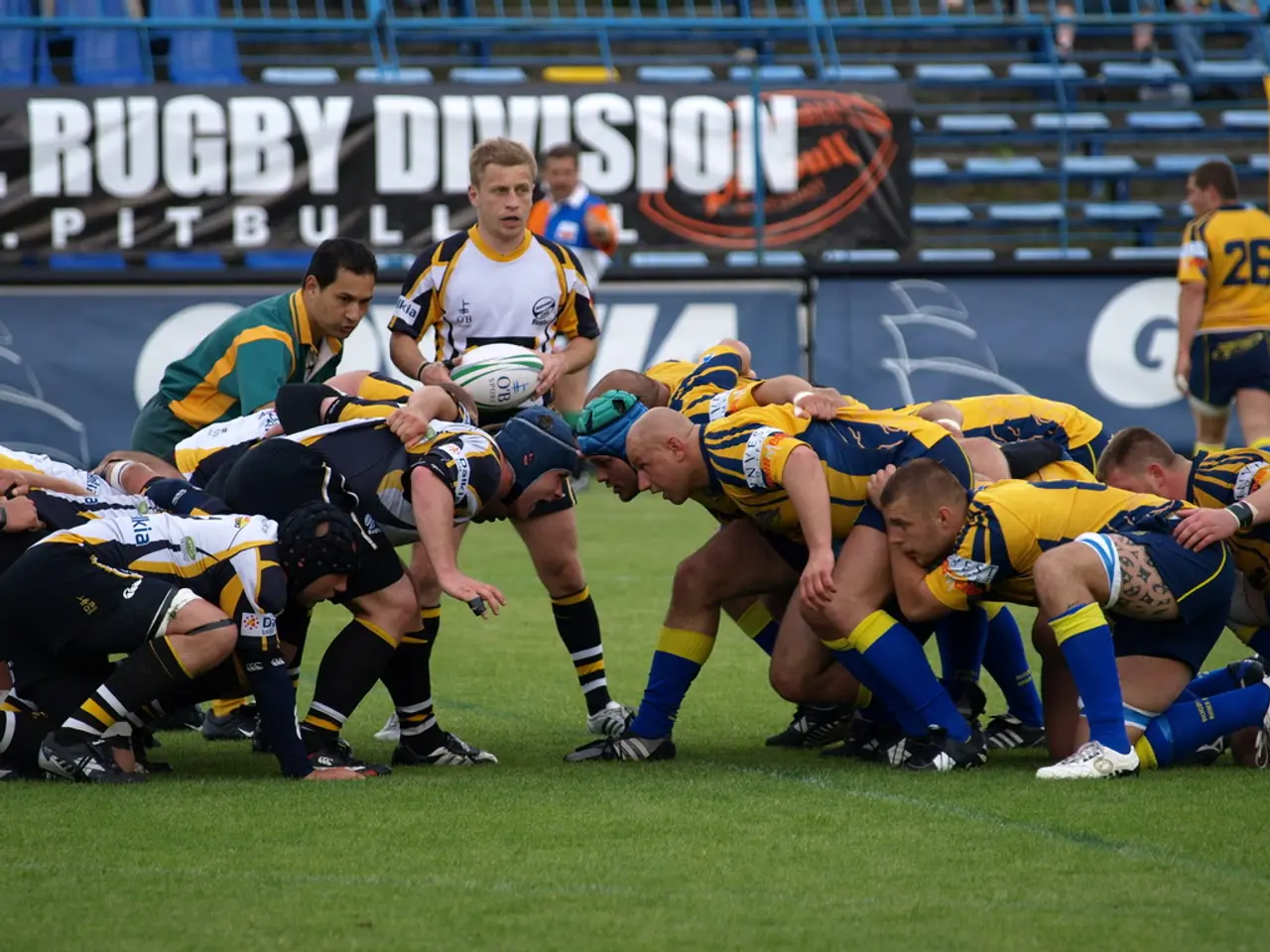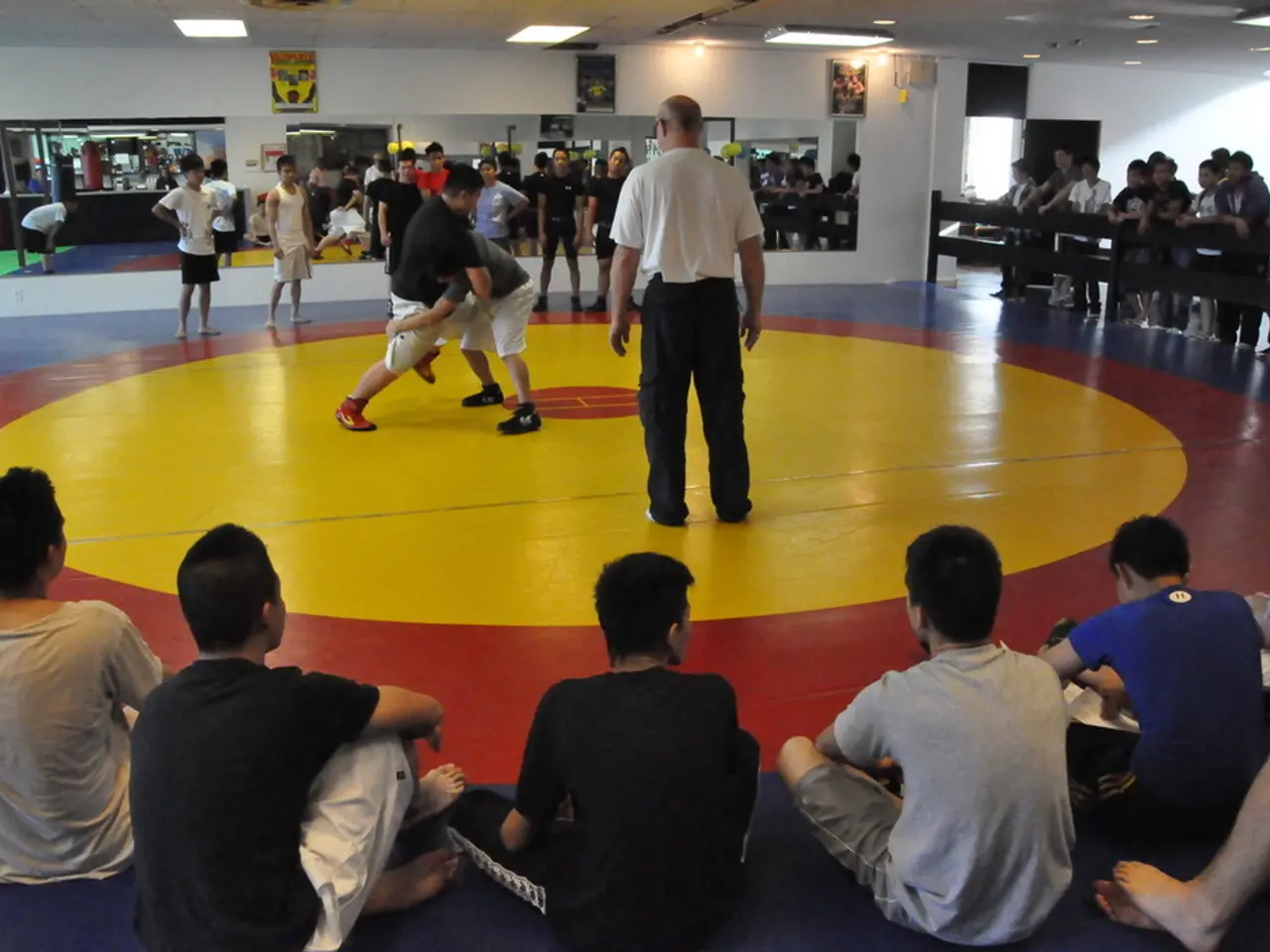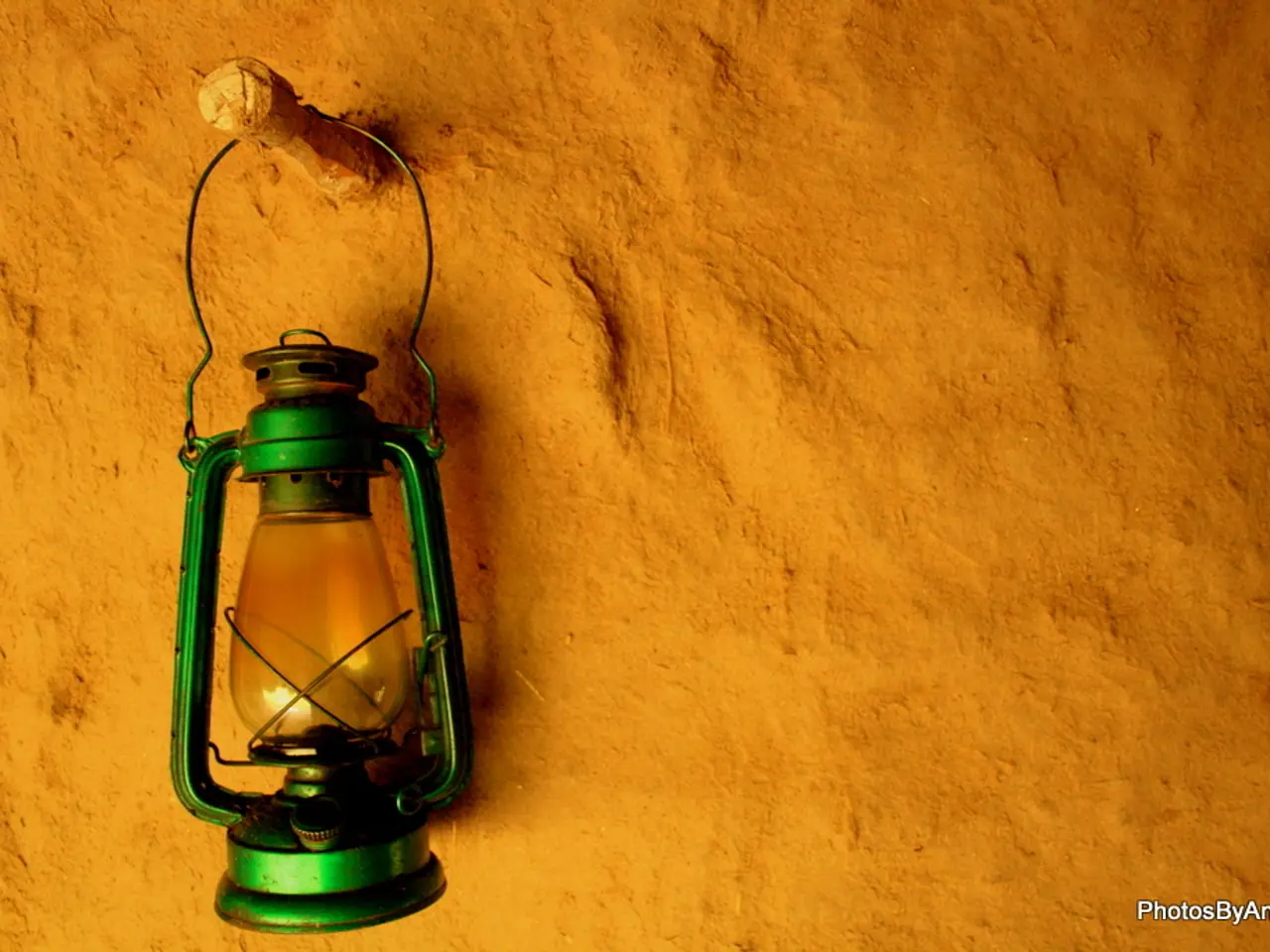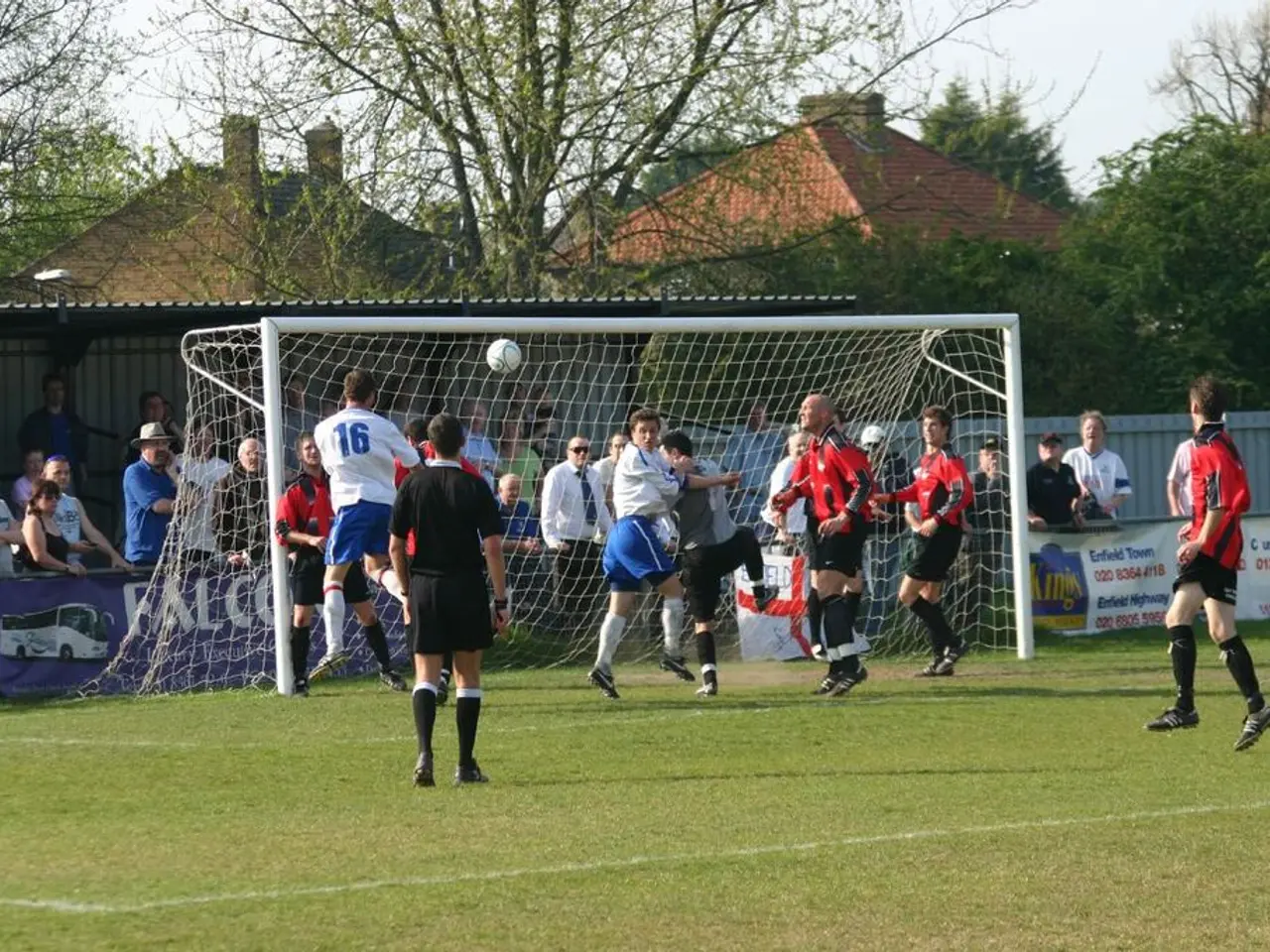The Surge in Women's Involvement in Rugby League
In a remarkable shift in the sports landscape, women's participation in Rugby League has seen a staggering surge of over 100% in certain regions, signalling a progressive shift in the world of sports.
This growth is part of a broader trend of women's sports rising in popularity and investment. Major women's leagues, such as the NRLW and RFL Women's Super League, provide platforms for female athletes to showcase their skills and talents. Milestones like the formation of women's leagues and the Women's Rugby League World Cup have reshaped the landscape of women's rugby.
Women's rugby serves as a platform for empowerment and community building within the larger framework of women's sports. It promotes inclusivity in multiple ways, creating a welcoming atmosphere and tailoring programs for all skill levels. Schools are crucial in nurturing interest among young players by introducing rugby activities and offering after-school programs. Partnerships between schools and local clubs can encourage students to transition from school teams to women's leagues.
However, the growth of women's rugby is not without its challenges. Safety standards often lag behind, as women's rugby often relies on injury prevention and safety protocols developed for men’s rugby. Body confidence and retention of young female players are also concerns, with many girls dropping out of sports post-primary school partly due to body image issues. Campaigns like "Strong Bodies, Strong Minds" aim to combat this by promoting body positivity and inclusiveness in rugby.
Structural barriers to equity and power also persist, with visibility increasing but systemic change lagging. Progress depends on not just media and attendance but also diversifying leadership, decision-making, and resource allocation in rugby and women’s sports at large.
Despite these challenges, women’s rugby league is making a significant contribution to gender equality and diversity. It acts as a platform for empowerment by celebrating the strength and diversity of women’s bodies, challenging stereotypes and broadening societal views on femininity and athleticism. It contributes to gender equality by increasing female participation and providing professional pathways and visibility, creating role models and showing that women belong in contact sports traditionally considered male domains.
Moreover, women's rugby supports diversity by creating spaces and campaigns that emphasize inclusion beyond just gender. It addresses intersectional challenges such as body image and cultural belonging in sport. The emergence of competitions for women signals a progressive shift within rugby league, and notable tournaments like the Women's World Cup attract a large audience, drawing attention to female talent and inspiring young girls to participate in the sport.
In summary, women's rugby league is growing strongly and breaking new ground for visibility, commercial success, and empowerment. Its contribution to gender equality and diversity is significant as it challenges norms and empowers women physically and culturally through increasing opportunities and representation. However, it faces ongoing challenges in safety, systemic equity, and retention that mirror wider issues in women’s sports.
References:
- Women's Rugby League World Cup 2025 Sells Record Tickets
- Women's Rugby League: A Catalyst for Change
- Strong Bodies, Strong Minds: Empowering Women in Rugby
- Inclusive Rugby League: Breaking Barriers and Building Community
- The Growth of Women's Rugby League: Challenges and Opportunities
Women's rugby league, growing steadily, offers a platform for empowerment and diversity, challenging societal perceptions of femininity and athleticism. It breaks norms by increasing female participation and providing professional pathways in sports traditionally dominated by men.
Significant events like the Women's Rugby League World Cup attract a massive audience, inspiring young girls to participate and challenging stereotypes, making a substantial contribution to gender equality.








